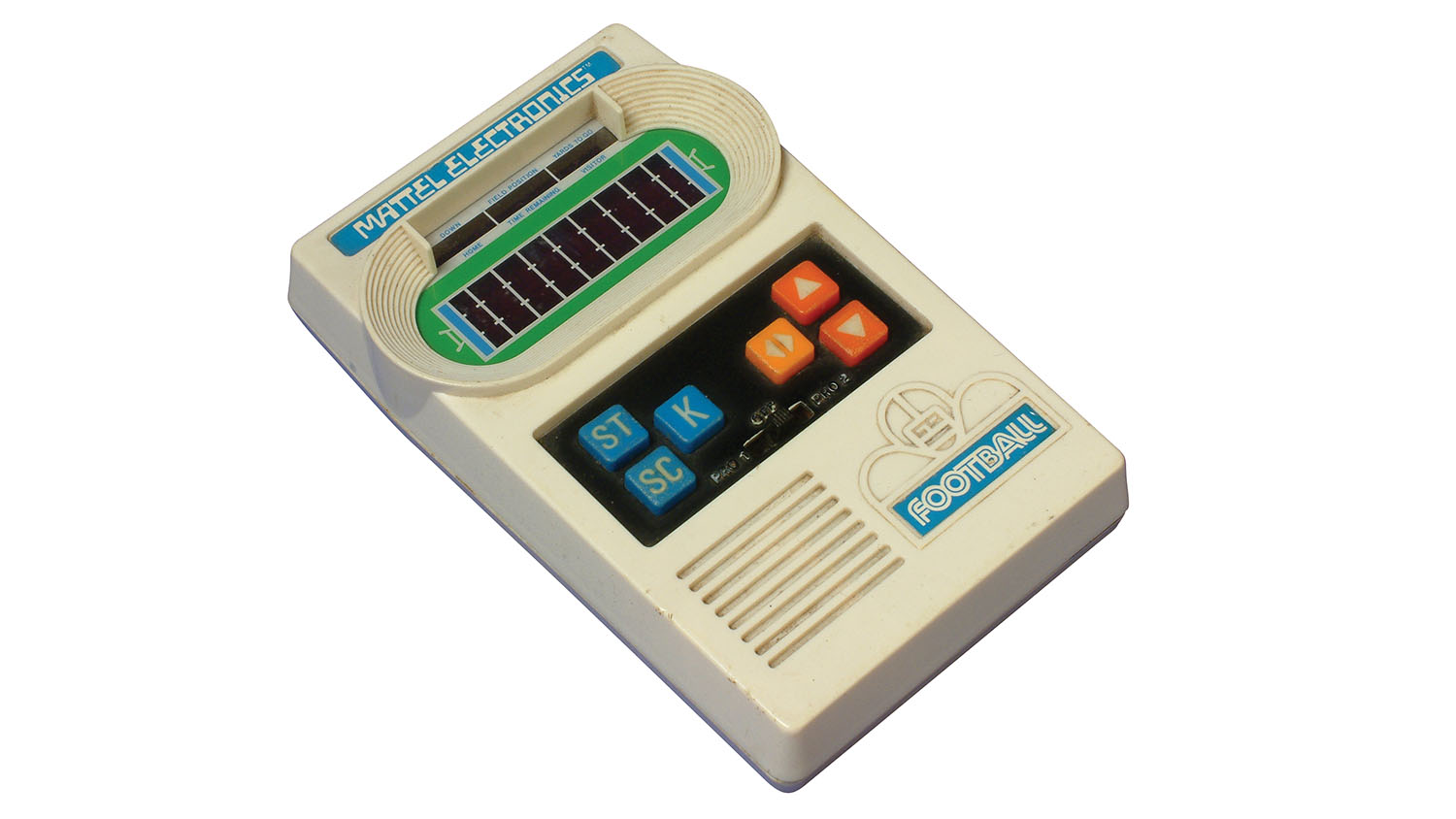Editor’s Note: This is a guest post from Adriana de Souza e Silva, a professor of communication at NC State, and Ragan Glover-Rijkse, a Ph.D. candidate in the Communication, Rhetoric and Digital Media program at NC State.
NC State’s Mobile Gaming Research Lab is launching the Retro Mobile Gaming Database (RMGD). The RMGD is an online, publicly searchable database of early mobile games, intended for use by game scholars, students interested in games, and game enthusiasts. And if there are games missing from the database, we want you to tell us about them.
The RMGD includes information about games developed between the years 1975-2008. We have selected this initial experimental timeframe to demarcate the release of the earliest handheld games up through the release of iPhone 3G and app store in 2008, when the number of mobile games grew significantly.
Today, almost all of us carry smartphones that are capable of storing hundreds of mobile games, from location-based games (like Pokémon Go) to variations on old arcade games (like Pac-Man). In addition, mobile consoles like Nintendo Switch and Nintendo DS are integral parts of today’s gaming ecosystems.
While the popularity of mobile games is on the rise, and games have evolved to reflect the latest technologies, these kinds of games are not new. Mobile games have a history that dates to at least the 1970s. But this history is often forgotten, because old mobile consoles are hard to find, or because some of the early mobile games were ephemeral – that is, they were built to be played in specific places, at specific times, and then disappeared. Today, it is hard to access these early games, or to know they existed at all, unless you know exactly what you are looking for. Even then, information on these games can be scarce.
Knowing the history of early mobile games helps us to better understand today’s mobile gaming culture. In addition, it highlights the fact that the games we play did not come out of nowhere and, instead, are a product of years of experimentation within academic and industry circles.
Now, anyone with an interest can use the RMGD to research the history of mobile games. By combining and establishing search criteria, users can discover new insights about mobile games. People can search using a wide range of criteria, such as title, time frame, genre, type of connectivity, number of players, place of development, authors, hardware, as well as popular press and scholarly articles written about them. The database also provides a map that shows the geographic locations of where searched games were developed and a list of games with similar features.
An Incomplete History
In the early 1970s, handheld electronic games, like Mattel Football and Nintendo Game & Watch, were popular. What other games were around at this time? How were those games played? These can be difficult questions to answer, because many of these games are off the market and difficult to acquire. People write about them in nostalgic blog posts or sell them on sites like eBay, but the information is scattered and incomplete.
By the 1990s, mobile phones had become important platforms for mobile gaming. Games like Tetris and Snake were often pre-loaded onto devices. But shortly thereafter, users could also download additional games by connecting to the Web. Today, much of that history is lost because these “web stores” are no longer active.
In the early 2000s several media artists, startup companies, and academic researchers began experimenting with using mobile devices like PDAs, and phones and location technologies like GPS, to generate playful activity.
For example, in 2005, the group Mobile Radicals designed a game of Pac-Man that was played in the city streets, using Nokia phones equipped with an RFID reader. As part of gameplay, a Pac-Man player would run around, trying to collect pills (discs with RFID tags), while avoiding Ghost players who could cause the Pac-Man player to lose the game. Unfortunately, because games of this nature were generally ephemeral, it has been difficult to find documentation or historical accounts about them.
A Collaborative Approach
In order to connect the histories of these games, and to help the research community find these games, we decided to create a platform where anyone who knew a piece of mobile gaming history could search and contribute.
Because the gaming database is not complete. We welcome contributions from anyone who knows of a game that is not currently in the database. To suggest that we add a game to the database, simply register for a new account and complete the “suggest new entry” form. The game suggestions will be reviewed by the Mobile Gaming Research Lab staff before becoming publicly available.
We hope that, with the contributions of others, the RMGD will become a robust resource for learning about the history of mobile games.
***
The RMGD was developed and designed by the NC State University Computer Science Department Senior Design Center team members: Alexander Chtcheprov, Shrawan Gautam, Neeloy Gomes, and Meet Patel, under the mentorship of Margaret Heil (Director), Lina Battestilli (Technical Advisor) and Michael DeHaan (Technical Consultant).
The concept, content and structure of the RMGD was developed by the NC State Mobile Gaming Research Lab research team, which is comprised of Ragan Glover-Rijkse and Akshay D’Souza, under the supervision of Adriana de Souza e Silva. D’Souza is an undergraduate in NC State’s Science, Technology & Society program.



